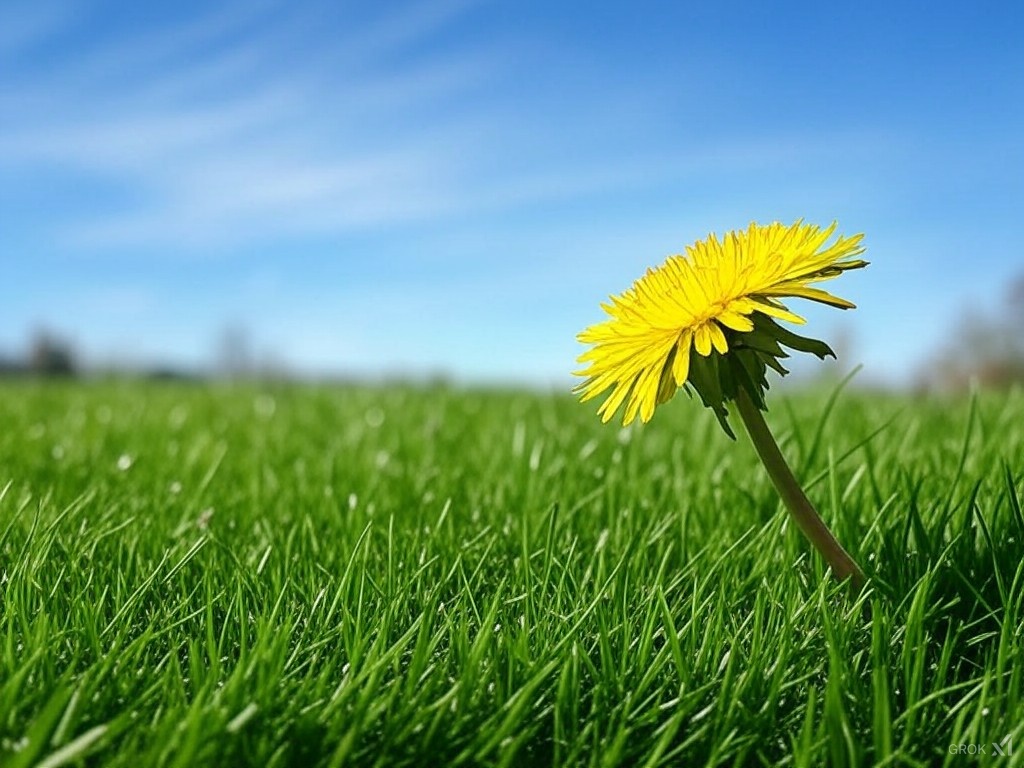A Sweet Revelation for Your Lawn
For 44 years, I’ve been tending the soils of St. Catharines, Niagara, and beyond at Stangl’s Enviro Lawn Care, and one truth has emerged louder than ever: sugar, not NPK, is the heartbeat of plant life. If you’ve been told that nitrogen, phosphorus, and potassium (NPK) sprays are the only way to a healthy lawn, you’re not alone—that’s the tune academia has played since the 1850s. But what if there’s a gentler, more natural rhythm? Join me, alongside soil experts Dr. Thomas Dykstra and Glen Ravenberg, as we uncover how sugar drives growth, how we build it with Nature’s Brew and PUC, and why 2025 marks a transition worth exploring. This isn’t about dismissing the past—it’s an invitation to see your lawn in a new light.
The Sugar Secret: What Plants Really Need
Let’s start with a fact that might surprise you: 20% of a plant’s dry matter is made up of 47% carbon, 43% oxygen, and 4% hydrogen—totaling 94% sugar. The remaining 6% includes 3% nitrogen and 3% minerals. This breakdown, rooted in plant physiology, tells us sugar—produced through photosynthesis—is the foundation, not the NPK trio academia fixates on. Dr. Thomas Dykstra, a biologist with a passion for plant health, has shown me that a Brix level of 14+ (a measure of plant sugars) naturally wards off pests and diseases. Glen Ravenberg, a farmer with real-world wisdom, adds that carbon-rich soil fuels this process, extending plant vigor by 7-13 days. Yet, lawn care advice still echoes Justus von Liebig’s 1850s NPK focus, ignoring this sugar-driven reality. It’s not that they’re wrong—it’s just that nature has more to teach us.
Weeds: Signals, Not Enemies

For years, I’ve watched dandelions and crabgrass pop up, and like many, I once reached for sprays. But Glen’s insight shifted my view: weeds are signals, not problems. They thrive where soil is compacted, nutrient-poor, or lacking microbial life—conditions Dykstra links to low Brix. Their deep roots mine minerals, enriching the surface when soil health improves. Spraying them, as academia often recommends, treats symptoms, not the cause, and can disrupt the very microbes that build sugar. My “I told you so” comes softly here—not to prove anyone wrong, but to share what I’ve learned over decades: nurturing soil beats battling weeds.
Stangl’s Approach: One Application, Many Benefits
At Stangl’s, we’ve harnessed this sugar secret with a single, powerful application combining Nature’s Brew and PUC. Nature’s Brew, our microbial marvel since 2017, boosts soil life 600x (per Glen’s tests), feeding plants with natural food sources. PUC—10 lbs per 1000 square feet in spring and fall—packs 2.2-2.6 kg of carbon from poultry compost, humates, bone ash, feather meal, boron, and wollastonite, plus minerals like calcium and phosphorus. This duo builds carbon in the soil, increasing microbial activity and CO2 production (10-15 µmol/m²/s, per Dykstra’s “CPR respiration”), which plants absorb to raise Brix.
The result? Enhanced water and air infiltration, greater holding capacity, and less need to water—your lawn stays greener longer. Disease and insect issues drop to nearly zero naturally, as healthy plants outcompete pests. Our seven applications, with plasma launching April 2025, will amplify this, especially on sports fields transitioning to real grass. See our journey on our before-and-after page.
Going Toe-to-Toe with Academia: A 2025 Transition
Academia’s NPK gospel, from von Liebig’s 1850s experiments, focuses on nitrogen and minerals, overlooking sugar’s 94% dominance. Dykstra and I, with 44 years of field experience, challenge this gently. We know a healthy plant thrives on sugar—Brix 14+—driven by carbon and microbes, not synthetic boosts. This isn’t a light-switch fix; 2025 marks a transition. Our Winter 25 26 data will show Brix gains and weed reductions, proving nature’s way works over time. It’s not about dismissing old science—it’s about evolving with new understanding.
Why Not Spray? A Thoughtful Invitation
So, why spray when sugar holds the key? Dykstra’s research and Glen’s yields show that carbon-rich, microbe-active soil outgrows weeds naturally. At Stangl’s, we’re not here to judge past choices—only to offer a path where lawns flourish without chemicals. Our April 2025 plasma launch, with Nature’s Brew and PUC, is that step forward. If dandelions have sparked your curiosity or you want a greener sports field, let’s talk. Call me at (905) 641-8133 or visit stangls.com to explore. Watch Glen and Dykstra’s insights here to see the science.
Conclusion: Growing with Sugar and Soil
This journey isn’t about being right—it’s about growing together. Sugar, not NPK, is the hidden key, and dandelions guide us to it. With Stangl’s, we’re restoring balance, one carbon-rich, microbe-fed lawn at a time. Let’s make 2025 the year we embrace this truth—gently, wisely, and for all. Join us!